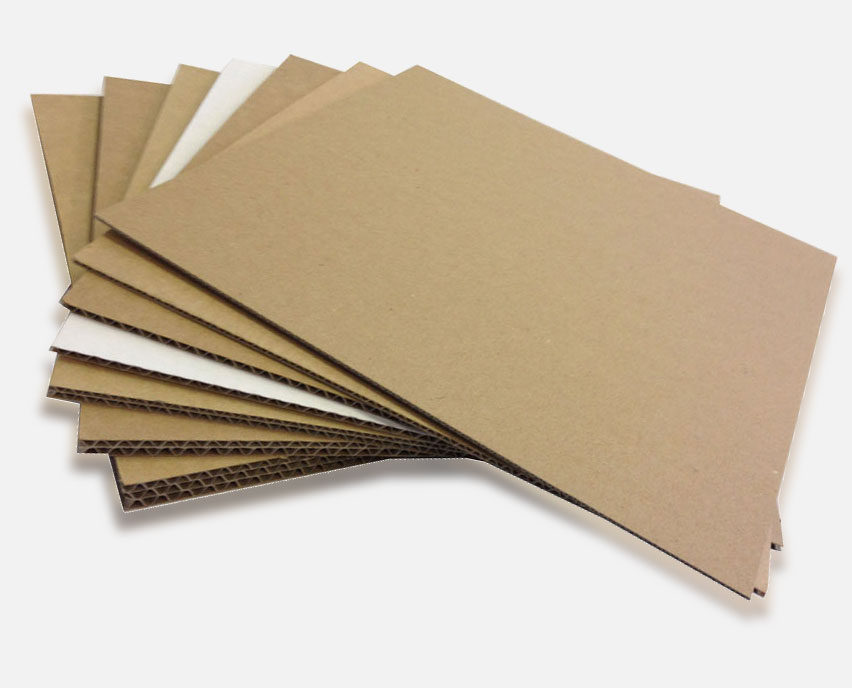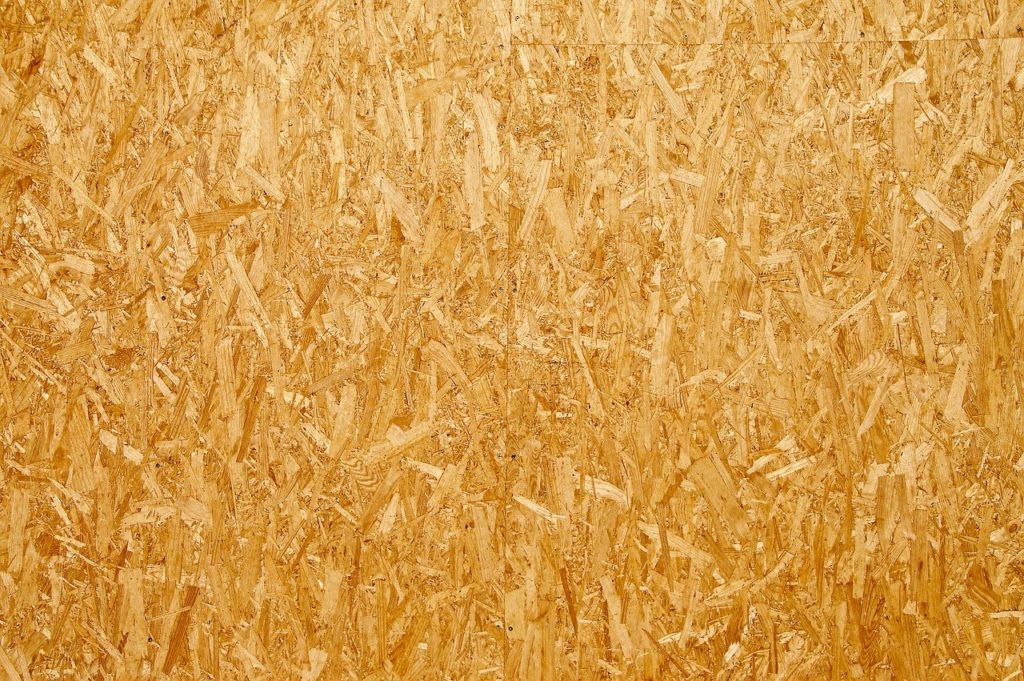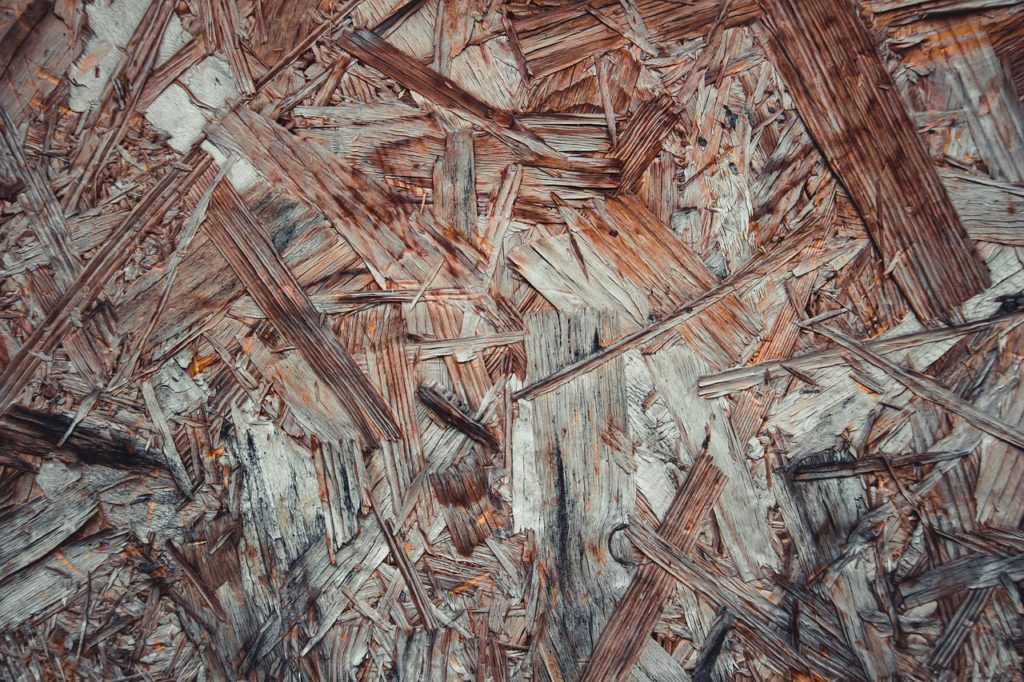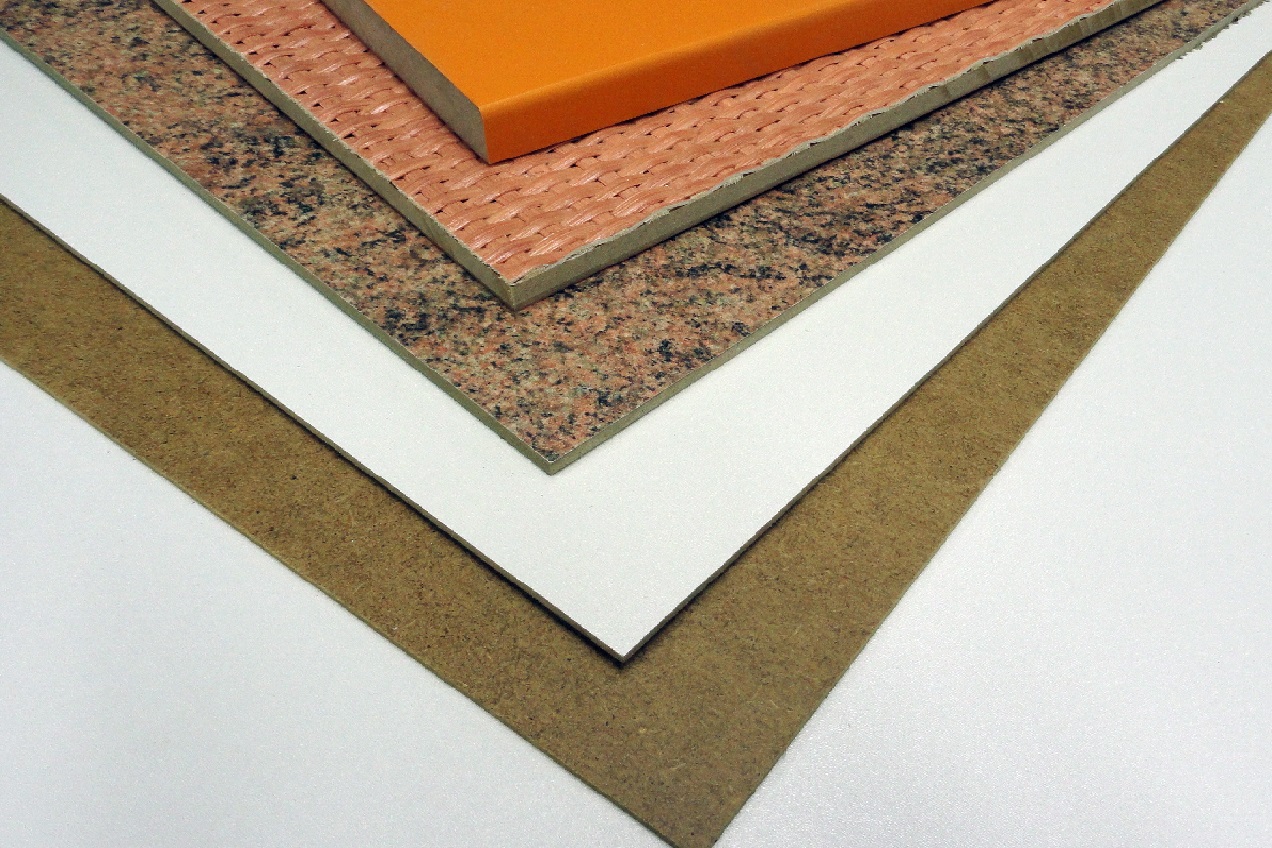Fiberboard is a product of engineered wood made with wood fibers. There are different kinds of fiberboard, which include LDF (low-density fiberboard, MDF (medium-density fiberboard), and HDF (high-density fiberboard. This dense product is often used in several industries. It is also covered often using some sort of veneer. In this article, we will answer the question ‘what is fiberboard’, and learn more things about this interesting wood product.
Uses of Fiberboard

Fiberboard is seen across various industries. When it comes to uses, here are the most common uses of fiberboard:
- Furniture
If you have bought an affordable entertainment center or bookcase, then most likely you have already seen an item that is made out of low-density fiberboard. This type of fiberboard is otherwise known as particleboard. Pricier furniture items are usually made out of medium-density fiberboard. There are also furniture pieces that are made of high-density fiberboard.
Fiberboard is produced easily, and very easy to work with. The actual value of prefabricated furniture pieces may vary based on the type of materials used. Cost is usually backed up by the use of low-density fiberboard.
- Residential Uses
The fiberboard’s amazing versatility easily stands out both in and out of your home. Fiberboard is often a preferred material for roofing, especially with a low-slope roof. It is also a good material for backing shingles for any type of roof. Fiberboard is also seen as wall sheathing in most homes. It is both flexible and durable, making it a good option for these specific uses.
Fiberboard is also seen in many home interiors. It can serve as an affordable alternative to an otherwise expensive venture of installing cabinets. Cabinet frameworks are usually made of fiberboard, with a solid wood front on top. This option helps in keeping the cost down, while still giving a beautiful finish.
Aside from cabinets, fiberboard is also seen in shelving units, as well as in moldings, doors, and floors. This material is very smooth, taking paint quite well, which is why it is an amazing option for both cabinets and doors.
- Insulation and Vapor Barrier
Because of the treatment and durability of fiberboard, it makes amazing insulation against heat loss. It can also be used with other products that serve as a vapor barrier, with its capacity to endure long exposure to moisture. It can also dry out without rotting or deforming.
- Sound Deadening and Soundproofing
If you have ever dissected a speaker, you may have noticed that they are made out of particleboard medium-density fiberboard. The wood fibers are designed to absorb sound, thus preventing vibration from inside the speaker cabinet. This quality makes it a useful addition to any media room, serving as floor and wall underlayment.
What makes fiberboard effective is its capacity to decrease the ability of sound to travel. Many manufacturers use medium-density fiberboard since it absorbs sound, preventing vibration from getting inside the casing of speakers.
It can also be used in media rooms, apartment walls, and is also used for a specific purpose at construction for applying noise reduction and sound traveling.
- Fire Resistance
Medium-density fiberboard, in particular, is also used because of its fire-resistant capability. Structures and buildings even require using fire-resistant MDF in their constructions. This type of fiberboard is used in the construction of commercial buildings, offices, stores, and other facilities that need to meet specific building requirements and regulations for safety.
Homeowners also decide to use fire-resistant MDF in their home construction, and in providing additional protection against the potential spread of fire.
Advantages of Fiberboard

The most common advantages of fiberboard include the following:
- Thermal and impact insulation in a single product
- Amazing thermal and acoustic enhancements
- Increases serviceable life of your floor
- Decreases ridges and uneven surfaces on the subfloor
- Simple and fast to install
- Easy to handle and lightweight
- Holds paint quite well
- Inexpensive option
- High weight and loadbearing resistance
- Stable and robust support for the final finish of the floor
Disadvantages of Fiberboard

Just like other products, fiberboard also comes with its disadvantages, including:
- Weaker than wood
- Less durability than real wood
- Needs more nails upon installation
- It may take more time installing than real wood
Conclusion
Even though fiberboard is considered an eco-friendly material, it is very important to note that it also contains specific chemicals including urea-formaldehyde, which is a carcinogen ingredient that could be hazardous if not appropriately treated. As such, it is important to treat your product in a well-ventilated location.
Other than this, fiberboard is an amazing product that can be used for different purposes. Its use can be seen in furniture production, different residential uses in cabinetry and outdoor purposes, and even in construction projects, thanks to its durability and strength, ensuring high-quality output. If you find this article interesting, feel free to share it. Leave your thoughts in the comments section below!

Leave a Reply